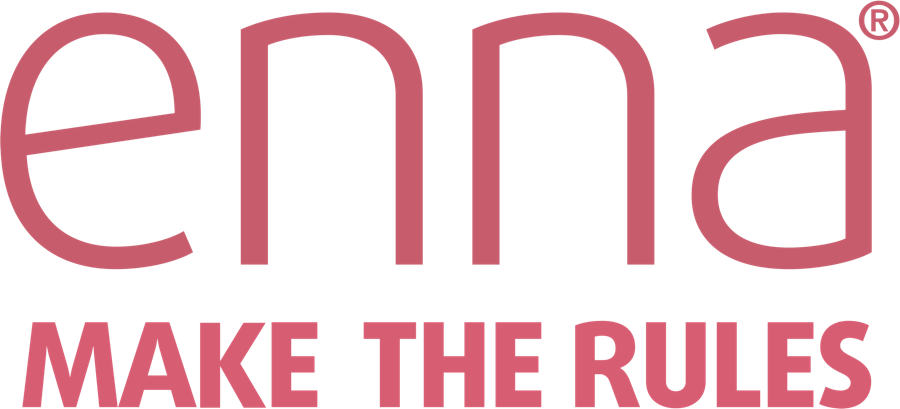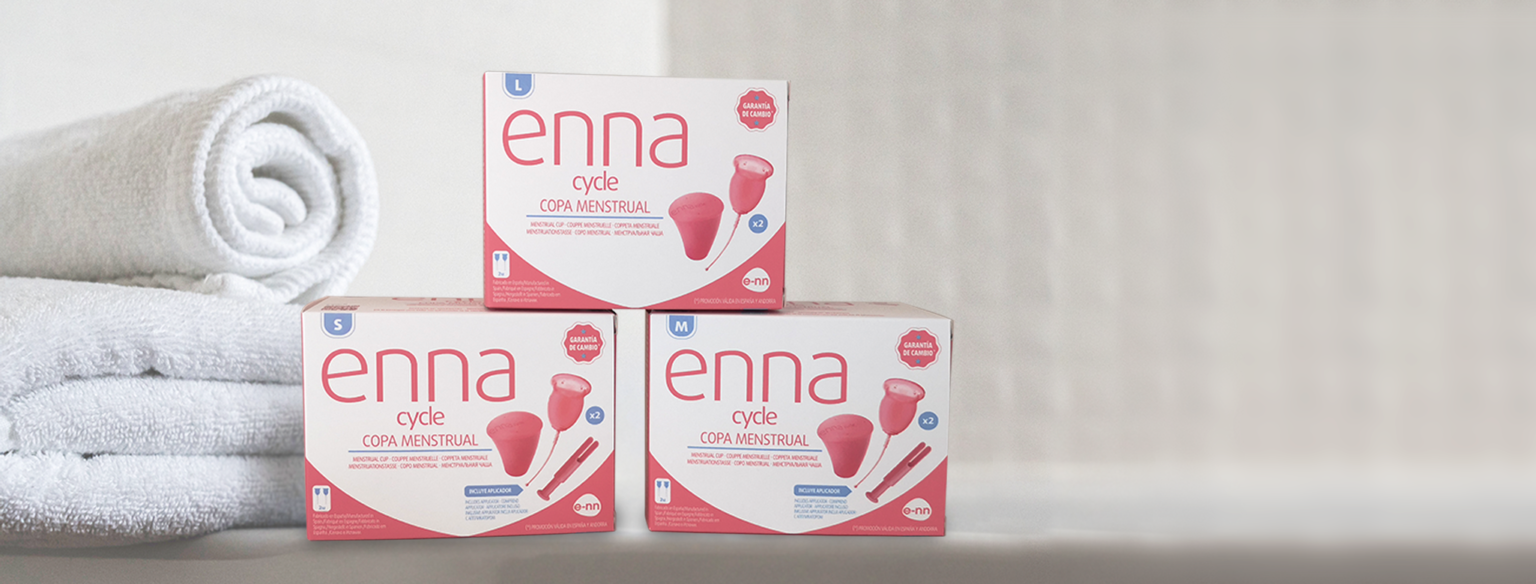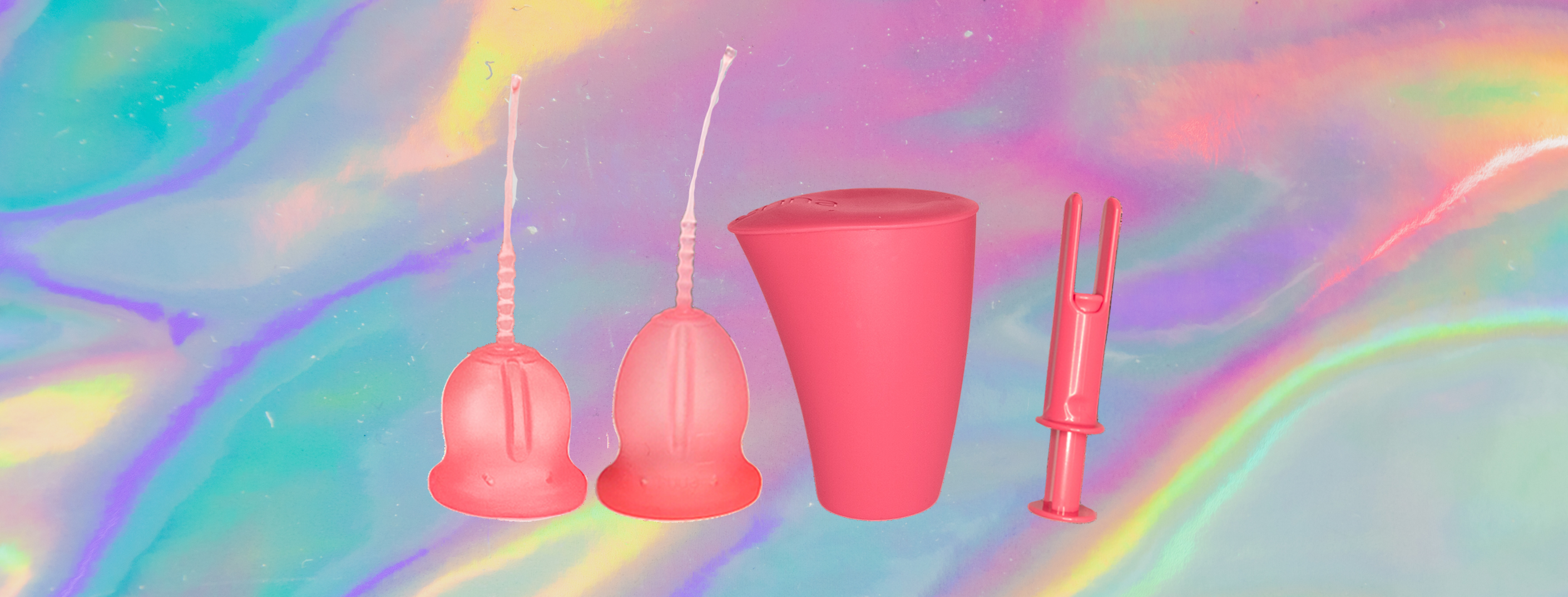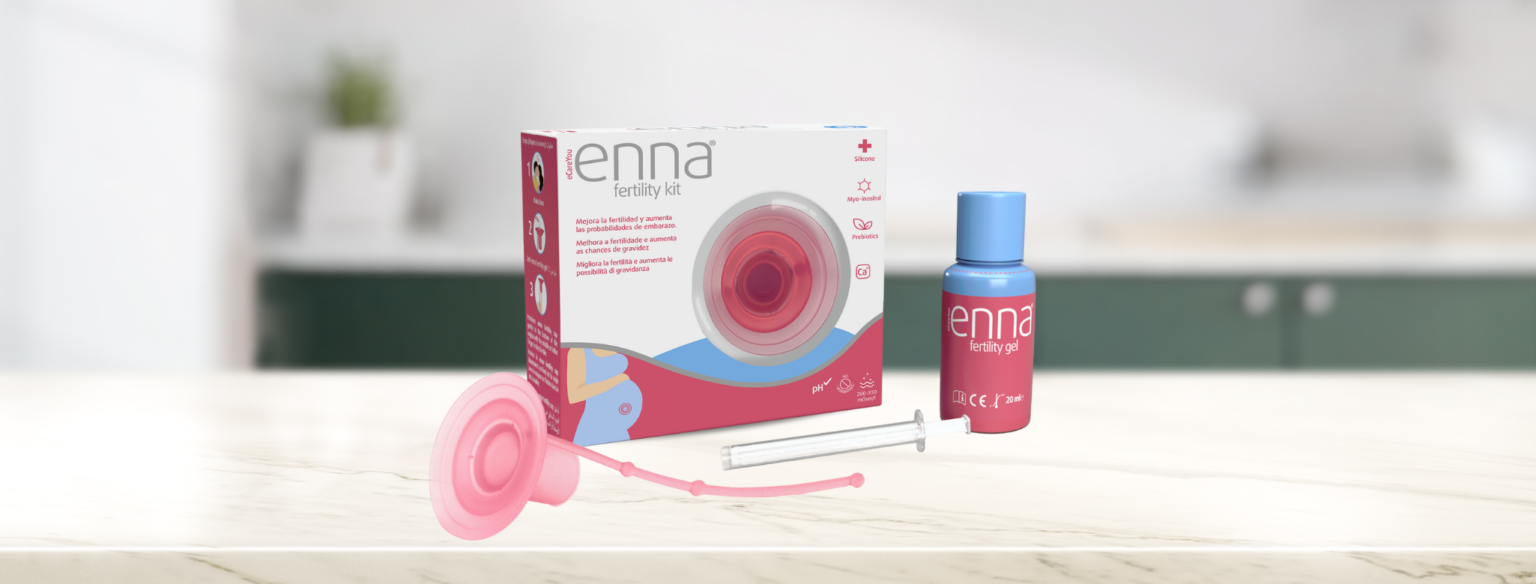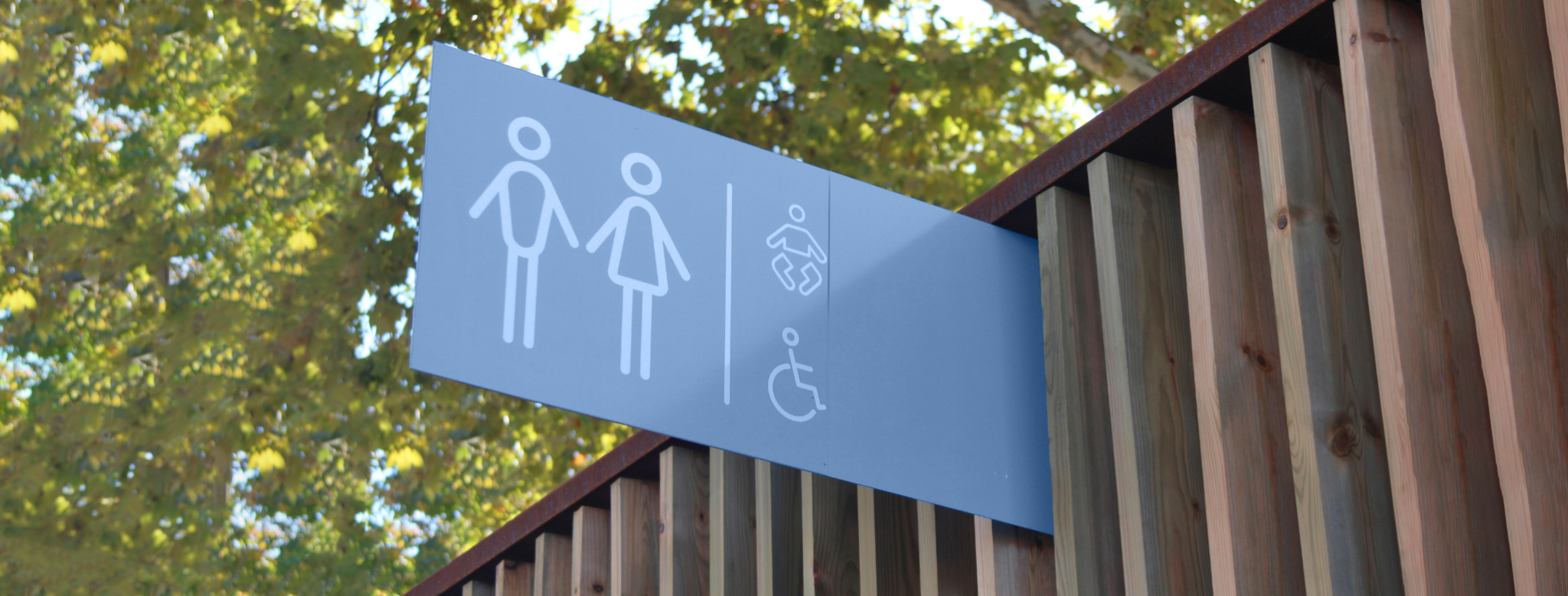Even though it has been a well-known fact for a while that the menstrual cup is the best alternative for your body, it seems it has started to cast a shadow on traditional methods such as pads and tampons in recent years. Feminism, women’s empowerment and environmentalism, as well as other movements, have given rise to this invention making a strong comeback after it was invented in 1937, when Leona Chalmer’s patent was recognised.
Various patents for the menstrual cup were granted in the 1930s, however these didn’t achieve the success seen nowadays.
On the one hand, there was even more of a taboo surrounding female genitals and blood. It was considered to be dirty, you had to touch your blood with your hands. Where had that been seen before? The fact that rubber was the first material didn’t help much either because many women found it to be heavy. What’s more, in 1931 doctor Eartle C. Haas was granted the patent for the first tampon as we know it now, which he had designed a couple of years earlier. Use of the menstrual cup was surpassed by the tampon during the Second World War.
Menstrual cup materials
In the 1980s, latex started to be used as a material for making menstrual cups. This new cup, called The Keeper based on Chalmer’s patent, first came in two sizes and is still sold today. Nowadays, most cups are made of medical silicone which is hypoallergenic and bacteria-resistant, meaning women who are allergic to latex can use the cup while the risk of infection is also reduced.
enna cycle is made of medical liquid silicone which fully adapts to the body and doesn’t cause any adverse reaction. It is a non-porous, non-absorbent and non-fibrous material which doesn’t scratch or dry out the vaginal walls. It also doesn’t leave behind residue of other fibres, unlike tampons. This material doesn’t interfere with the vaginal pH, so it doesn’t produce any imbalance in the natural protective system of the vagina. As germs aren’t able to build up in enna cycle, it lowers the risk of: thrush, cystitis and bacterial vaginosis. This also means you are less likely to suffer from irritant or allergic vulvar dermatitis, vulvovaginitis or vaginal dryness because enna cycle doesn’t absorb the natural moisture of the vagina.
We must also remember that the menstrual cup collects blood, rather than absorb it, so even though it is used for several hours, it isn’t in contact with this stored blood (in any case, you should empty the cup at least once every 12 hours).
If you are prone to infections in your intimate zone, the cup is the best alternative to keep bacteria at bay and prevent all problems stemming from other intimate hygiene products made with toxic materials and which leave behind residue inside the vagina.
If you’re looking for another reason to start using the cup, as well as caring for your body, it also protects the environment. One enna cycle can last up to 10 years if used correctly, which works out at an approximate total of 4-5 menstrual cups in a woman’s fertile life. By contrast, one woman may use between 6000 and 8000 pads throughout her life. Multiply that by 288 million women around the world and the amount of waste is frightening.
